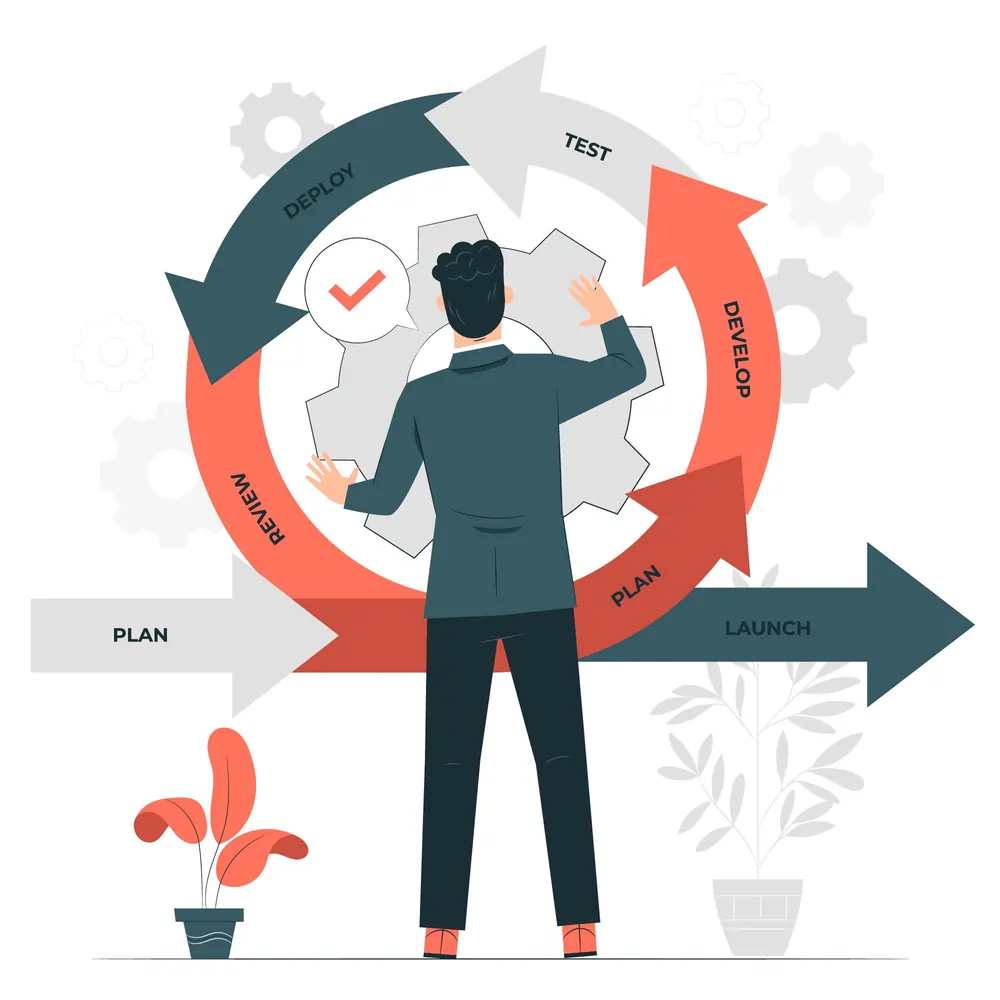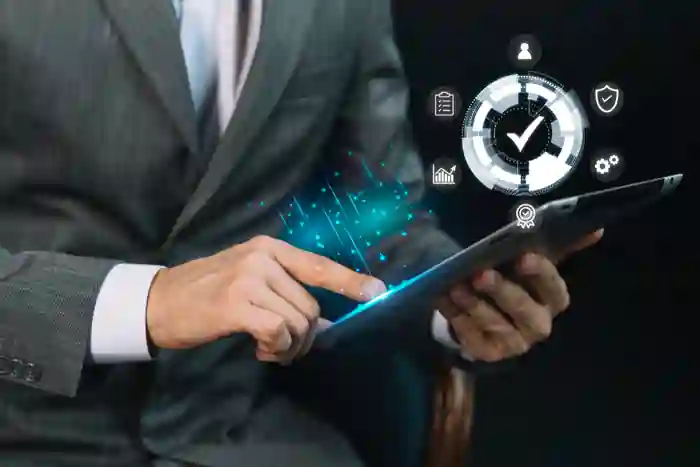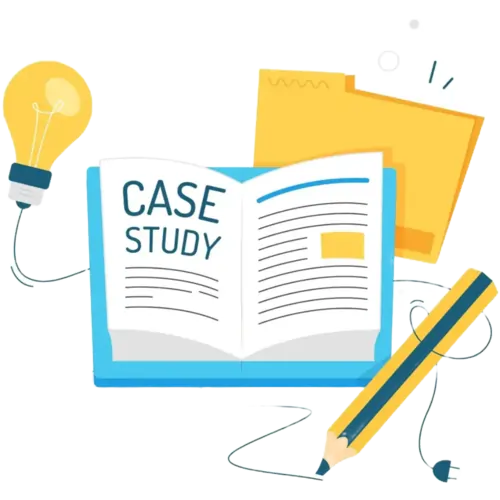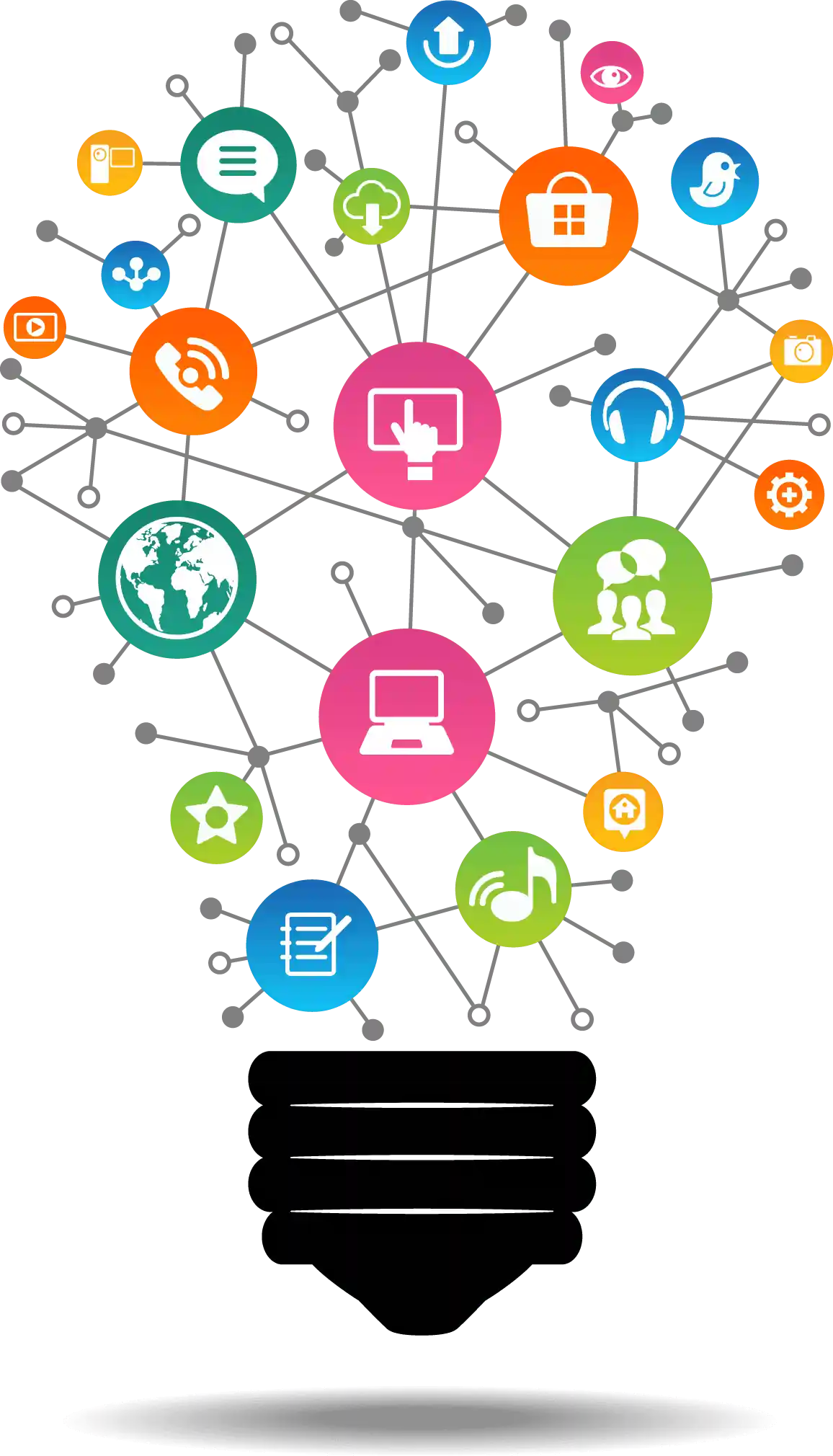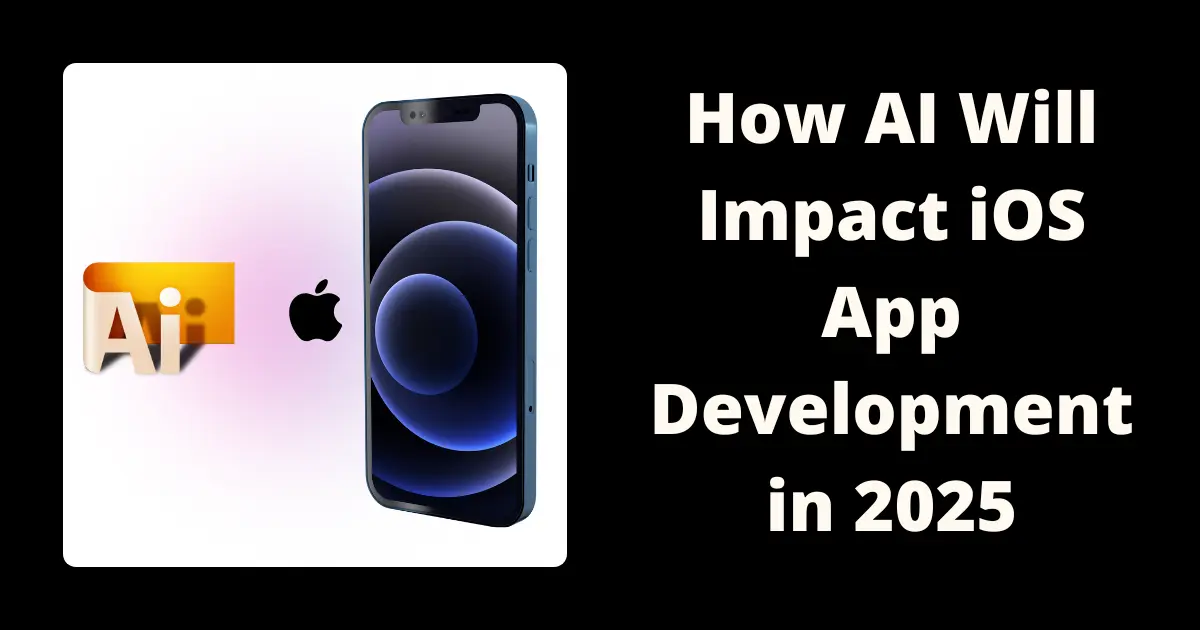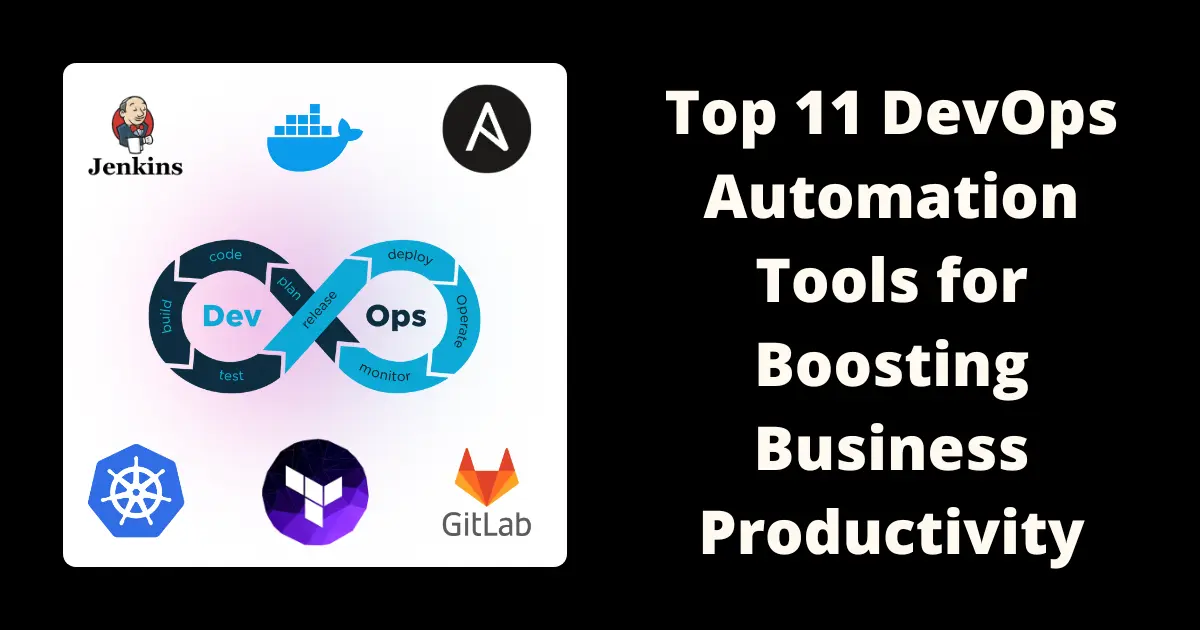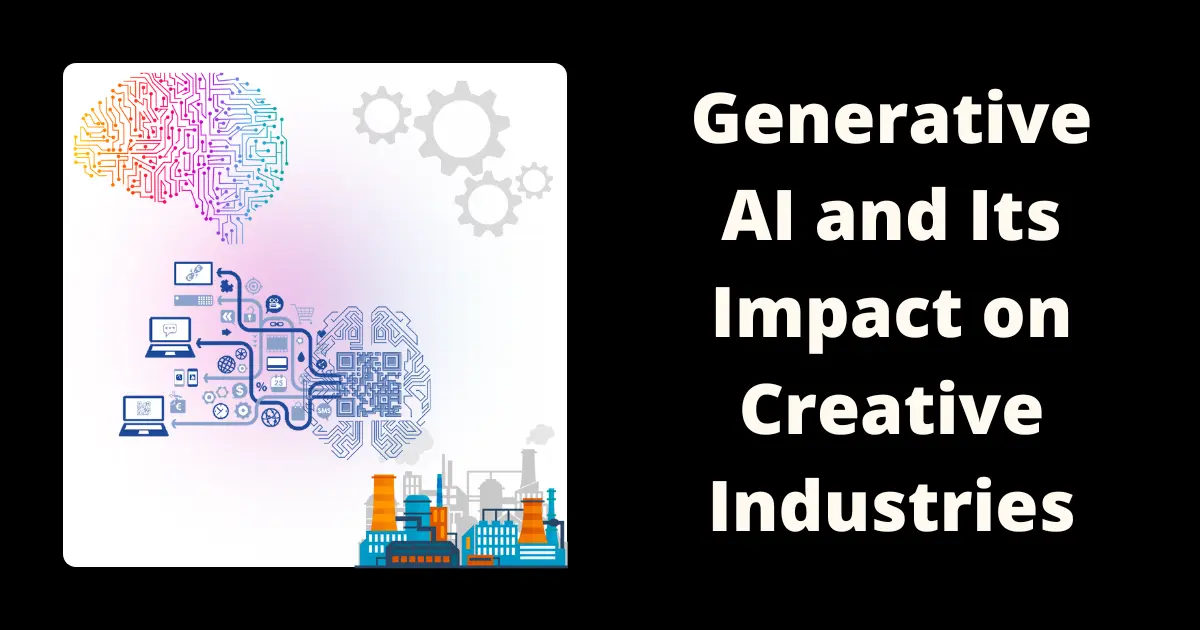How AI and IoT Are Transforming Industries with Smart Automation

Overview
Table of Contents
- What Are AI and IoT, and Why Do They Matter?
- Smart Industry How AI and IoT Work Together
- How Smart Tech Prevents Breakdowns Before They Happen
- Smarter Quality Control with Real-Time Inspection
- Optimizing Supply Chains with AI and IoT
- Saving Energy and Promoting Sustainability
- Redefining Roles in the Workforce
- Safer Workplaces, Thanks to Smart Tech
- The Synergy of AI and IoT in Industries Unlocking Automation and Intelligence
- Smart Supply Chains - Real-Time Decisions, Smarter Logistics
- Challenges on the Road to Smart Industry
- What's Next? The Future of Industrial Innovation
- Final Thoughts
- Frequently Asked Questions (FAQs)
The industrial world is undergoing a major transformation, and two powerful technologies—Artificial Intelligence (AI) and the Internet of Things (IoT)—are leading the way. Together, they create a powerful partnership known as AIoT, combining real-time data collection with smart decision-making to reshape how industries operate.
In this blog, we’ll explore the impact of AI and IoT integration across various industrial domains, including warehouse automation, energy management, supply chain optimization, and MES automation. Whether you’re running a factory, logistics company, or manufacturing unit, this guide will help you understand why now is the time to invest in smart automation.
Artificial Intelligence (AI)
AI is the simulation of human intelligence in machines that are designed to think, learn, and make decisions. It encompasses technologies such as machine learning, natural language processing, and neural networks, which allow systems to analyze vast amounts of data, recognize patterns, and adapt over time. In the industrial world, AI enables automation of complex processes, intelligent decision-making, and predictive analytics that were once impossible without human input.
Internet of Things (IoT)
IoT refers to a network of interconnected physical devices embedded with sensors, software, and connectivity features. These devices continuously gather data from their environments — such as temperature, motion, pressure, and location — and transmit it to central systems for monitoring and analysis. In industries, IoT plays a crucial role by enabling real-time tracking of machinery, inventory, and environmental conditions, essentially acting as the sensory organs that feed data to AI-driven systems.
Together, AI serves as the “brain” that interprets and acts on data, while IoT forms the “nervous system” that gathers and relays that data. This synergy empowers industries to become smarter, more adaptive, and highly efficient in their operations.
How They Work Together
IoT devices act as constant data collectors across every touchpoint of an operation — from factory machines and logistics fleets to energy meters and smart devices. These sensors generate real-time streams of data such as temperature, speed, location, and usage statistics, offering an always-on pulse of industrial performance.
AI, on the other hand, steps in to make sense of this massive data flow. It analyzes patterns, detects anomalies, predicts potential issues, and even suggests or automates the next steps. Machine learning models refine themselves with each new dataset, helping businesses move from reactive to proactive operations.
Together, AI and IoT create self-learning, adaptive systems that offer real-time insights and autonomous control — the backbone of modern automation solutions. This collaboration transforms traditional workflows into
What Are AI and IoT, and Why Do They Matter?
Before diving into applications, let’s clarify what we mean by AI and IoT.
Artificial Intelligence (AI) is the ability of machines to perform tasks that usually require human intelligence—such as recognizing patterns, learning from data, and making decisions.
Internet of Things (IoT) refers to physical devices embedded with sensors and connectivity that collect and share data over the internet. Think of smart machines, wearable devices, or connected vehicles.
Why They Work Better Together:
AI makes IoT intelligent. Without AI, IoT devices only generate raw data, which can be overwhelming and difficult to act upon. AI steps in to analyze this data, recognize patterns, detect anomalies, and make real-time decisions—often faster and more accurately than a human could.
This combination, widely known as AIoT integration, creates smarter ecosystems that:
- Predict problems before they happen (predictive maintenance),
- Automate repetitive and time-sensitive processes,
- Improve resource utilization,
- Reduce energy consumption and operating costs,
- And enable safer, more responsive environments.
Whether it's an industrial robot adjusting its actions based on sensor data, or a smart city managing traffic flow using AI predictions, AIoT is the engine driving intelligent automation.
In short, AI and IoT matter because they unlock the full potential of each other—paving the way for a new era of smart, self-optimizing systems across every industry.
Smart Industry How AI and IoT Work Together
AI and IoT aren’t just technologies they’re enablers of smarter industries. When integrated properly, they allow factories, warehouses, and supply chains to function like intelligent systems.
Here’s how:
- Real-time data from IoT sensors feeds AI algorithms
- AI analyzes trends, predicts problems, and recommends actions
- This leads to faster, smarter decisions—without human intervention
Whether it's MES automation in a production line or predictive maintenance on machinery, the AIoT combo is redefining industrial efficiency.
Discover how AI and IoT are revolutionizing industries with smarter automation!
How Smart Tech Prevents Breakdowns Before They Happen
Unplanned equipment failures are costly. Traditional maintenance methods rely on fixed schedules or post-failure repairs, often leading to unnecessary costs or production halts.
Predictive Maintenance changes the game:
- IoT sensors constantly monitor equipment condition
- AI analyzes performance data to forecast issues
- Maintenance happens before breakdowns occur
Case Example: General Electric uses IoT in aircraft engines to monitor temperature, vibration, and performance in real-time. AI then predicts wear and tear—resulting in a 25% drop in maintenance costs and 15% fewer unscheduled repairs.
Smarter Quality Control with Real-Time Inspection
Ensuring product quality is critical in manufacturing. Manual inspection is time-consuming and prone to error. That’s where AI and IoT step in.
AI-driven quality assurance systems:
- Use IoT sensors and cameras for real-time inspection
- Detect anomalies like surface defects or size mismatches instantly
- Learn over time to improve accuracy
The result? Lower defect rates, more consistent output, and happier customers—all without slowing down production.
Optimizing Supply Chains with AI and IoT
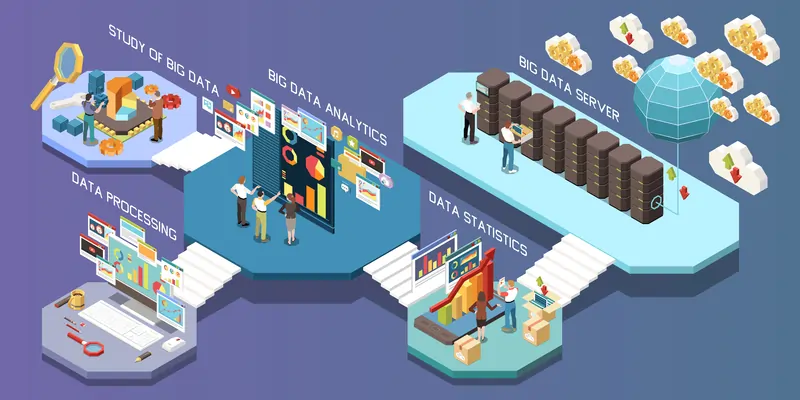
Supply chains are complex. Even minor inefficiencies in inventory or delivery can cause big losses. AI and IoT can simplify supply chain logistics dramatically.
What’s possible:
- IoT tracks inventory and shipments in real time
- AI predicts demand and prevents overstocking or understocking
- Improves transportation routes and fuel efficiency
Whether you’re handling raw materials or finished goods, AI in industries brings new levels of control and transparency to supply chains.
Saving Energy and Promoting Sustainability
Reducing energy costs isn’t just about savings—it’s also about environmental responsibility. AI and IoT can make operations more sustainable.
How it works:
- IoT monitors power usage across devices and systems
- AI suggests optimization strategies (e.g., adjusting load, scheduling usage)
- Reduces waste and carbon emissions
With AI-driven automation solutions, industries can meet green standards while saving thousands in utility bills.
Redefining Roles in the Workforce
AI and IoT don’t eliminate jobs—they evolve them. While some repetitive tasks become automated, new roles emerge that require tech skills and decision-making.
The shift includes:
- Automating risky or manual jobs
- Training staff to manage AI and IoT systems
- Creating roles like Data Analysts, AI Technicians, and Automation Engineers
Companies investing in upskilling are the ones staying competitive and future-ready.
Safer Workplaces, Thanks to Smart Tech
Safety is a top concern, especially in heavy industries. AI and IoT can dramatically reduce workplace accidents and security threats.
Examples of use:
- IoT wearables monitor worker health and location
- AI detects unsafe conditions and triggers alerts
- Smart cameras spot suspicious activity or errors in real-time
In high-risk environments, these tools can mean the difference between smooth operation and serious hazards.

Interested in building intelligent automation into your industry? Let’s explore AIoT possibilities together.
Get StartedThe Synergy of AI and IoT in Industries Unlocking Automation and Intelligence
| Benefit | AI Role | IoT Role |
|---|---|---|
| Data Collection | Analyze and interpret data | Gather real-time data via sensors |
| Real-time Automation | Make decisions instantly | Trigger actions and alerts |
| Operational Efficiency | Optimize workflows | Monitor and report performance |
Industries that adopt the synergy of AI and IoT — often referred to as AIoT — are gaining a significant competitive edge in the market. The combined power of real-time data and intelligent analysis creates a smarter, faster, and more responsive environment across industrial operations.
Some of the key impacts of AIoT in industries include:

- Smarter workflows with automation reducing human intervention.
- Reduced manual errors through real-time data validation and alerts.
- 30–50% gains in operational efficiency across manufacturing, logistics, and energy sectors.
- Proactive decision-making using predictive analytics.
- Lower downtime thanks to real-time monitoring and instant anomaly detection.
- Enhanced visibility across entire supply chains and production lines.
According to a McKinsey report, companies implementing AIoT in manufacturing have seen up to 50% improvements in productivity and up to 30% reduction in maintenance costs.
As industries increasingly move toward digital transformation, integrating AI and IoT becomes not just a value-add — but a necessity for future-ready, automated systems.
Predictive Maintenance - Reducing Downtime and Saving Millions
Traditional maintenance methods were costly and inefficient. AIoT now enables predictive maintenance — spotting problems before they happen.
Real-World Impact
- GE uses IoT sensors in jet engines. AI predicts faults, reducing maintenance by 25% and unplanned downtime by 15%.
- Automotive factories use vibration and heat sensors to detect anomalies before failure occurs.
Benefits:
- Proactive maintenance planning
- Minimized equipment breakdowns
- Lower operational costs
Quality Control - Precision Meets Automation
In sectors like electronics or pharma, one defective unit can lead to big losses. AI and IoT help ensure zero-defect production.
Applications:
- IoT cameras scan products for defects
- AI detects deviations from quality benchmarks
- Automated alerts trigger immediate fixes
Outcomes:
- Reduced waste by up to 35%
- Higher customer satisfaction
- Scalable compliance for strict industries
Smart Supply Chains - Real-Time Decisions, Smarter Logistics
Modern supply chains rely on AIoT for agility. From tracking shipments to forecasting demand, AI + IoT create a connected, resilient system.
| Application | AI Feature | IoT Feature |
|---|---|---|
| Inventory Management | Stock forecasting | Shelf-level tracking |
| Route Optimization | AI-based traffic analysis | GPS and vehicle telemetry |
| Demand Forecasting | Market & trend prediction | Real-time sales monitoring |
For example, Amazon uses AIoT for dynamic warehouse automation — drastically improving order accuracy and speed.
Energy Optimization - Automating a Greener Future
Industries spend millions on energy. AIoT helps track, predict, and reduce consumption without sacrificing performance.
Key Applications:
- IoT sensors monitor HVAC, machinery, and lighting systems.
- AI recommends usage patterns or turns systems off during low demand.
Real-World Example:
A German factory saved €100K annually by automating lighting and cooling based on AI-predicted occupancy.
Workforce Transformation - Smart Machines, Smarter Teams
Automation doesn’t mean job loss — it means job evolution. With repetitive tasks automated, humans are free for creative, strategic work.
What’s Changing?
- Repetitive work: Replaced by AI tools
- Upskilling: Needed to operate new systems
- New roles: Data analysts, AI trainers, IoT engineers
Explore how Industries like Logistics are adapting rapidly.
Enhancing Safety and Cybersecurity with AIoT

Industrial IoT networks are powerful — but vulnerable. AI adds a critical layer of protection.
Security Use Cases:
- Threat detection: AI monitors network traffic for anomalies
- Environmental safety: IoT detects gas leaks, AI triggers alarms
- Access control: Facial recognition + AI validation
Companies now invest in AI-based cybersecurity tools to avoid costly breaches.

Implementation Challenges and What to Plan For
Despite all the benefits, AIoT requires careful planning. Challenges include:
- Data Privacy: Protecting sensitive data from leaks or misuse
- Integration Complexity: Merging with legacy systems takes time
- Skilled Workforce: Upskilling employees is essential
- Cost: Initial AIoT setup can be high, but ROI is strong
Visit our Methodologies page to see how we simplify complex AI integrations.
Looking Ahead at Industry 5.0 and the Rise of Hyperautomation
AIoT isn’t the endgame — it’s the foundation for Industry 5.0, where human creativity partners with smart machines.
What’s Next?
- Edge Computing: AI processes data locally for faster decisions
- Digital Twins: Virtual models for real-time system simulation
- Hyperautomation: Using AI + RPA + IoT to automate everything
Companies investing now are already seeing competitive advantages.
Explore our AI & ML Services for future-proof strategies.
Challenges on the Road to Smart Industry
Despite the benefits, AIoT implementation isn’t without challenges.
- Data Privacy: With so many devices collecting data, protecting it is crucial
- System Integration: Existing machinery may not support IoT devices
- Lack of Standardization: Different vendors, formats, and protocols can create conflicts
That’s why working with expert AI and IoT consultants is important for smooth adoption.
What's Next? The Future of Industrial Innovation
The future is already taking shape with Industry 5.0, which focuses on collaboration between humans and smart machines.
Future trends to watch:
- Edge Computing: Real-time AI processing on local devices
- Digital Twins: Virtual replicas of physical systems for simulation and testing
- Self-healing systems: AI that can detect and correct faults without intervention
Together, AI and IoT will continue to evolve how industries design, operate, and improve their processes.
Final Thoughts
AI and IoT aren’t just tools—they’re building blocks for the next generation of industrial automation. From warehouse automation and MES automation to supply chain optimization and energy savings, these technologies are already delivering real results.
The time to act is now. Businesses that embrace AIoT integration today will lead the industries of tomorrow.
Supercharge your operations with AI and IoT.
Get a Free Consultation
Frequently Asked Questions (FAQs)
1. What is AIoT, and how does it benefit industries?
AIoT, or Artificial Intelligence of Things, combines AI's decision-making capabilities with IoT's data collection. This synergy enables industries to automate processes, predict maintenance needs, and enhance operational efficiency.
2. How does predictive maintenance reduce downtime?
Predictive maintenance utilizes IoT sensors to monitor equipment conditions and AI algorithms to analyze data, forecasting potential failures before they occur. This proactive approach minimizes unplanned downtime and maintenance costs.
3. In what ways does AIoT improve quality control?
AIoT enhances quality control by using IoT devices to collect real-time data during production and AI to detect anomalies or defects, ensuring consistent product quality and reducing waste.
4. Can AIoT optimize energy consumption in industries?
Yes, AIoT systems can monitor energy usage through IoT sensors and use AI to analyze patterns, leading to optimized energy consumption and cost savings.
5. What challenges are associated with implementing AIoT?
Challenges include data privacy concerns, integration complexities with existing systems, and the need for a skilled workforce to manage and maintain AIoT solutions.
6. How does AIoT contribute to supply chain optimization?
AIoT enhances supply chains by providing real-time tracking of goods through IoT devices and using AI to predict demand, manage inventory, and optimize delivery routes.
7. What is the role of AIoT in workforce transformation?
AIoT automates repetitive tasks, allowing the workforce to focus on strategic roles. It also necessitates upskilling employees to manage and interpret AIoT systems effectively.
8. How does AIoT enhance industrial safety and cybersecurity?
AIoT improves safety by monitoring environmental conditions and equipment status in real-time, alerting to potential hazards. For cybersecurity, AI analyzes network traffic to detect anomalies, while IoT devices monitor for unauthorized access.

